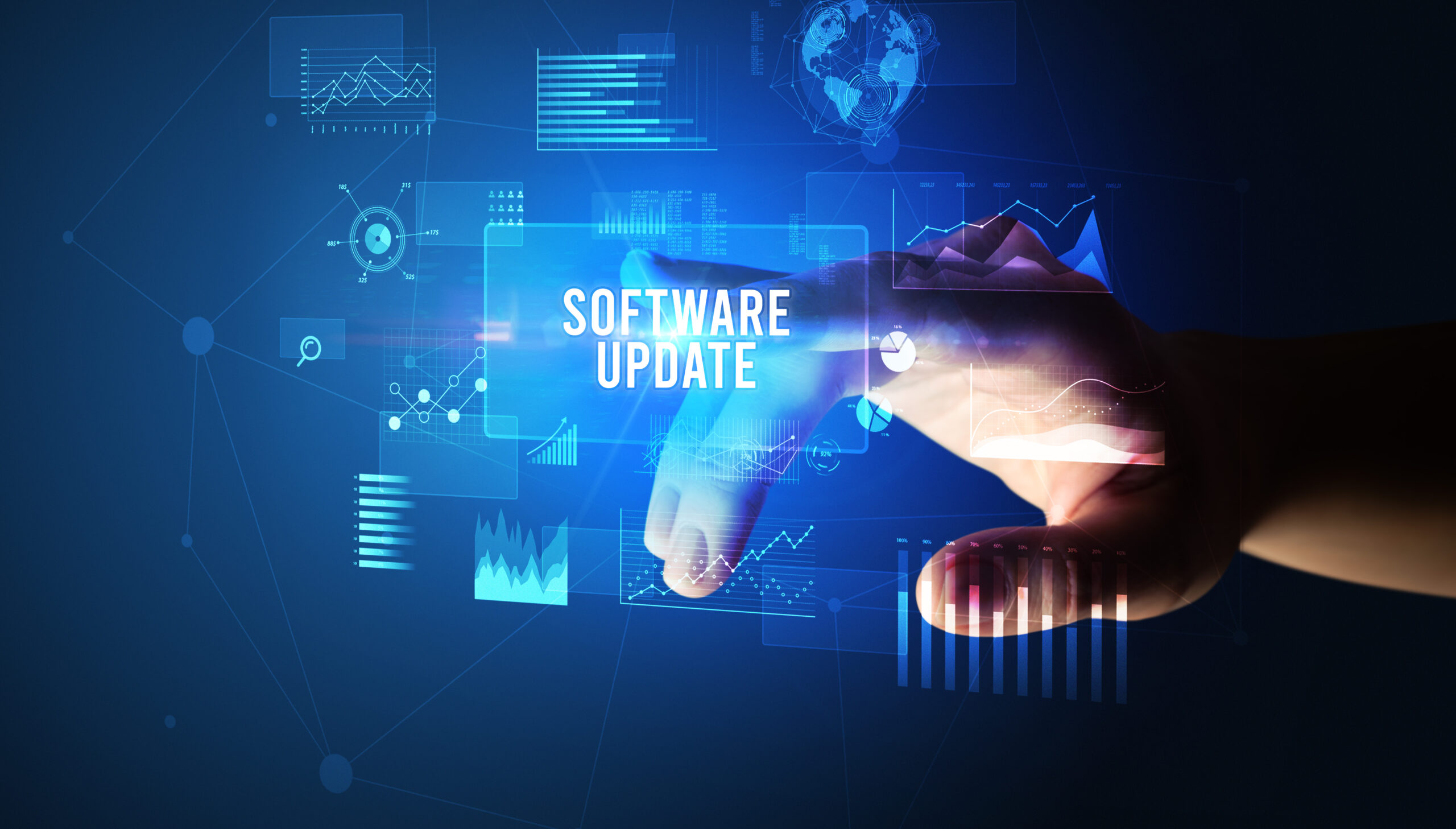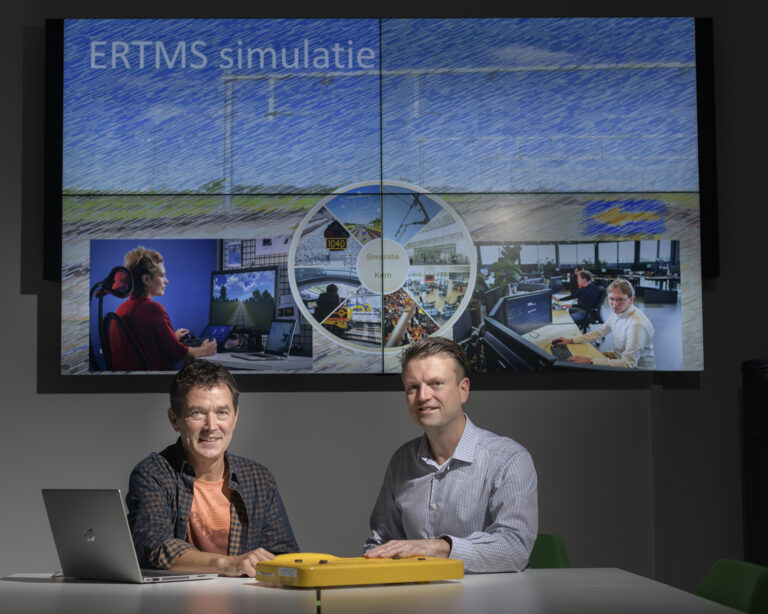Pedestrian Dynamics® 4.4 Now Available!
As a global software company delivering Digital Twin Software, InControl Enterprise Dynamics is dedicated to advancing software development to meet the needs of our users and Business Partners. We are excited to introduce the latest release of our Crowd Management Software, Pedestrian Dynamics® 4.4.
Pedestrian Dynamics® is a sophisticated and user-friendly software application crafted for creating and executing large crowd simulation models within complex infrastructures. Whether you are in the (pre-)
design phase or managing day-to-day operations, Pedestrian Dynamics® provides a comprehensive solution to assess the performance, safety, and sustainability of your city, (sport)venue, and (public)transportation throughout its life cycle.
The release of Pedestrian Dynamics® 4.4, represents a step forward in user experience and functionality. Our team of developers worked hard to enhance the software based on real-world needs, collaborating closely with our valued users and Business Partners. We would like to thank all our Customers and Business Partners for helping us improve our software in the past, today, and in the future!
Key Features of Pedestrian Dynamics® 4.4:
- Enhanced User-Friendliness:
We’ve improved the Movie Creator and introduced new drawing tools, ensuring an even more intuitive and streamlined user interaction. - Expanded Functionality:
Pedestrian Dynamics® 4.4 now supports the import and export of user functions, providing users with enhanced flexibility and interoperability, thus empowering you to work seamlessly. - Visual Clarity:
We have updated the default colors for Frequency and Time above density map graphs, simplifying the differentiation between various graph types and enhancing visual clarity. - Optimized Performance:
The software’s performance has been optimized, facilitating seamless collaboration with other software and overall efficiency improvements.
For more in-depth information on the new features and additional improvements, please refer to the release highlights document.
Your Feedback Matters!
We encourage you to share your ideas on how we can elevate Pedestrian Dynamics® further. Your insights are highly valued and appreciated as we strive to continually enhance the software to meet our customers’ needs.
Interested in exploring the full potential of our Crowd Management software Pedestrian Dynamics®? Curious about the potential for a specific application to monitor the flow of passengers, visitors, or commuters, specifically designed for your organization? free to contact us or try our software free of charge.
Related new items
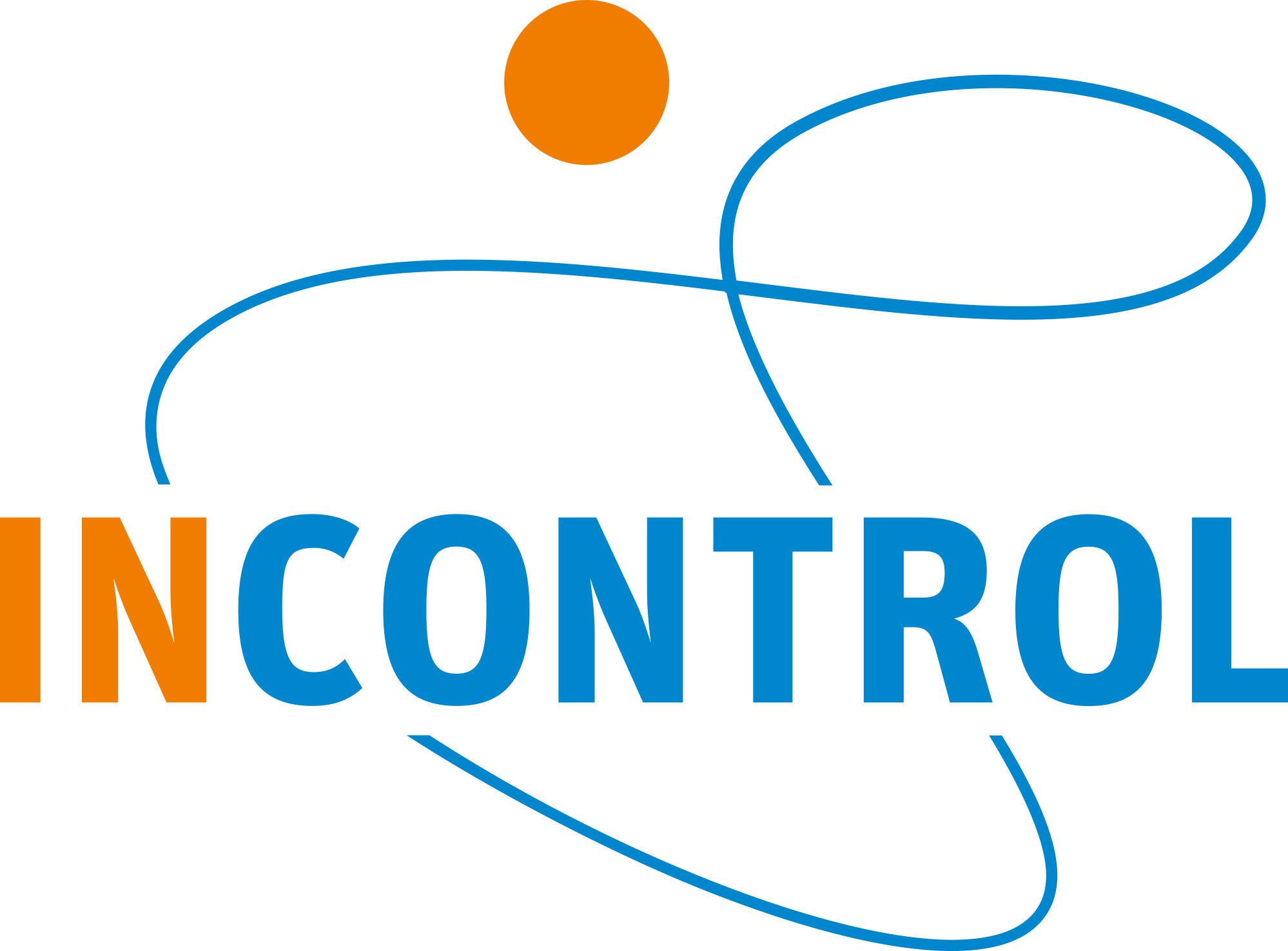
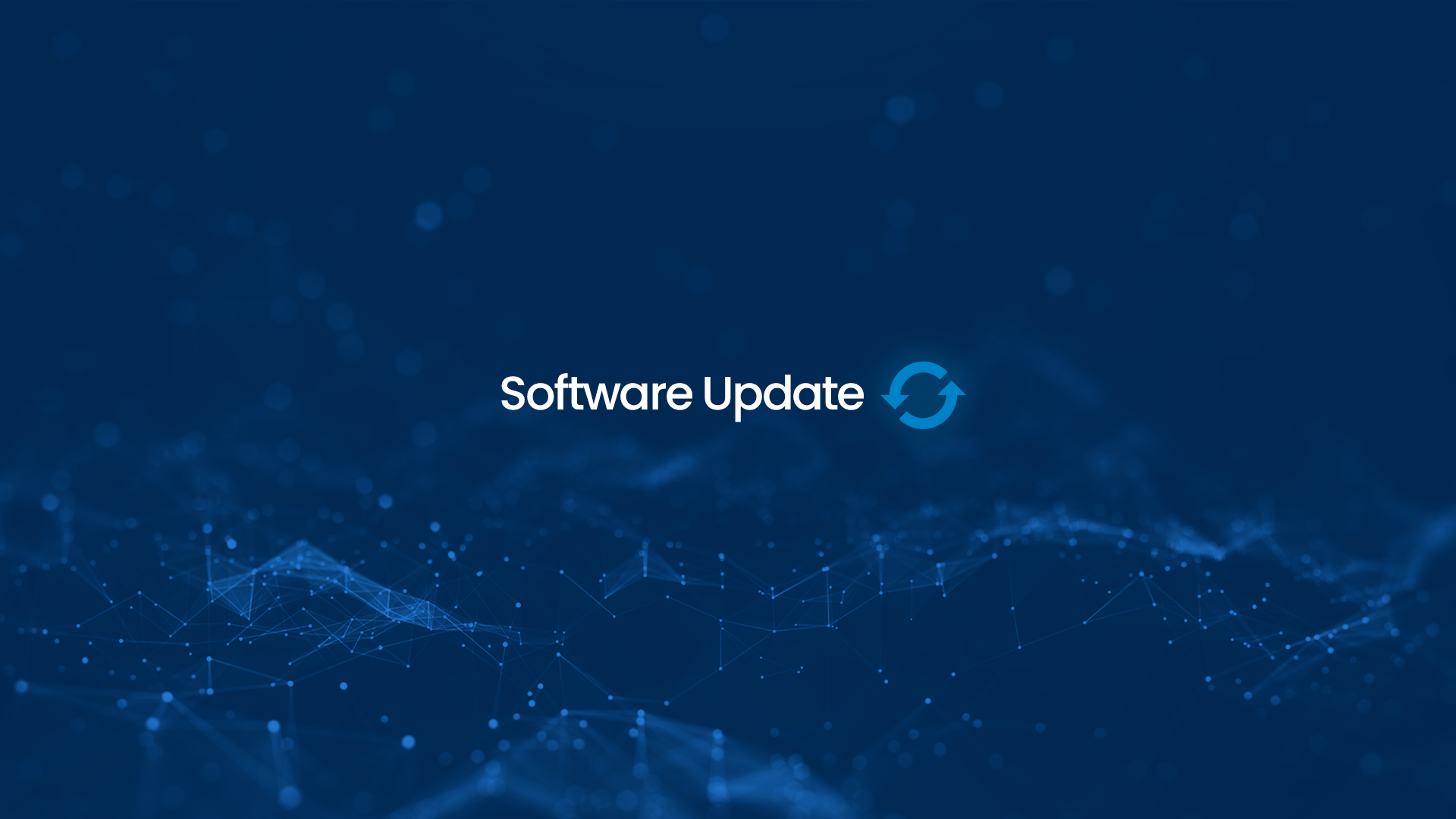
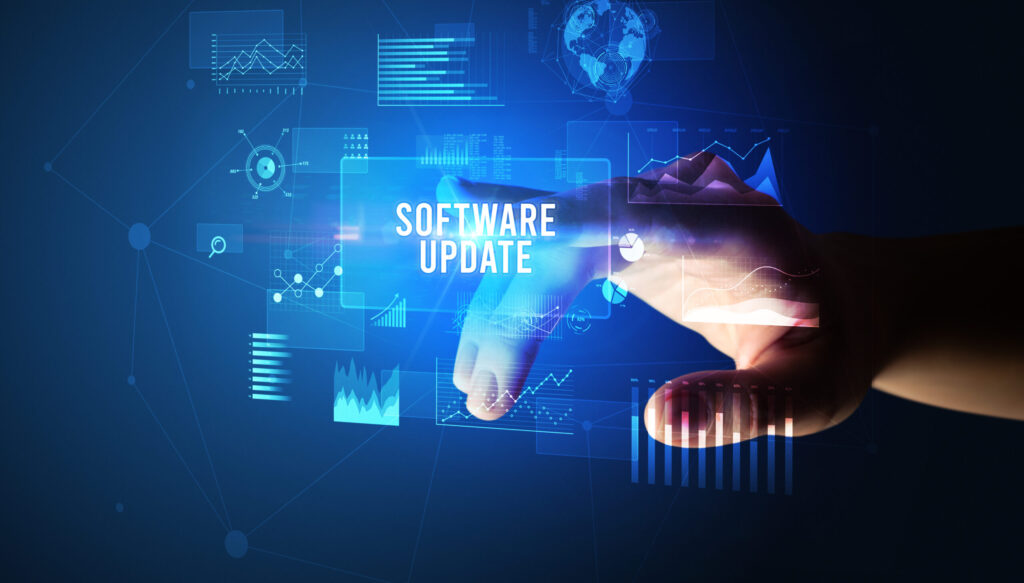
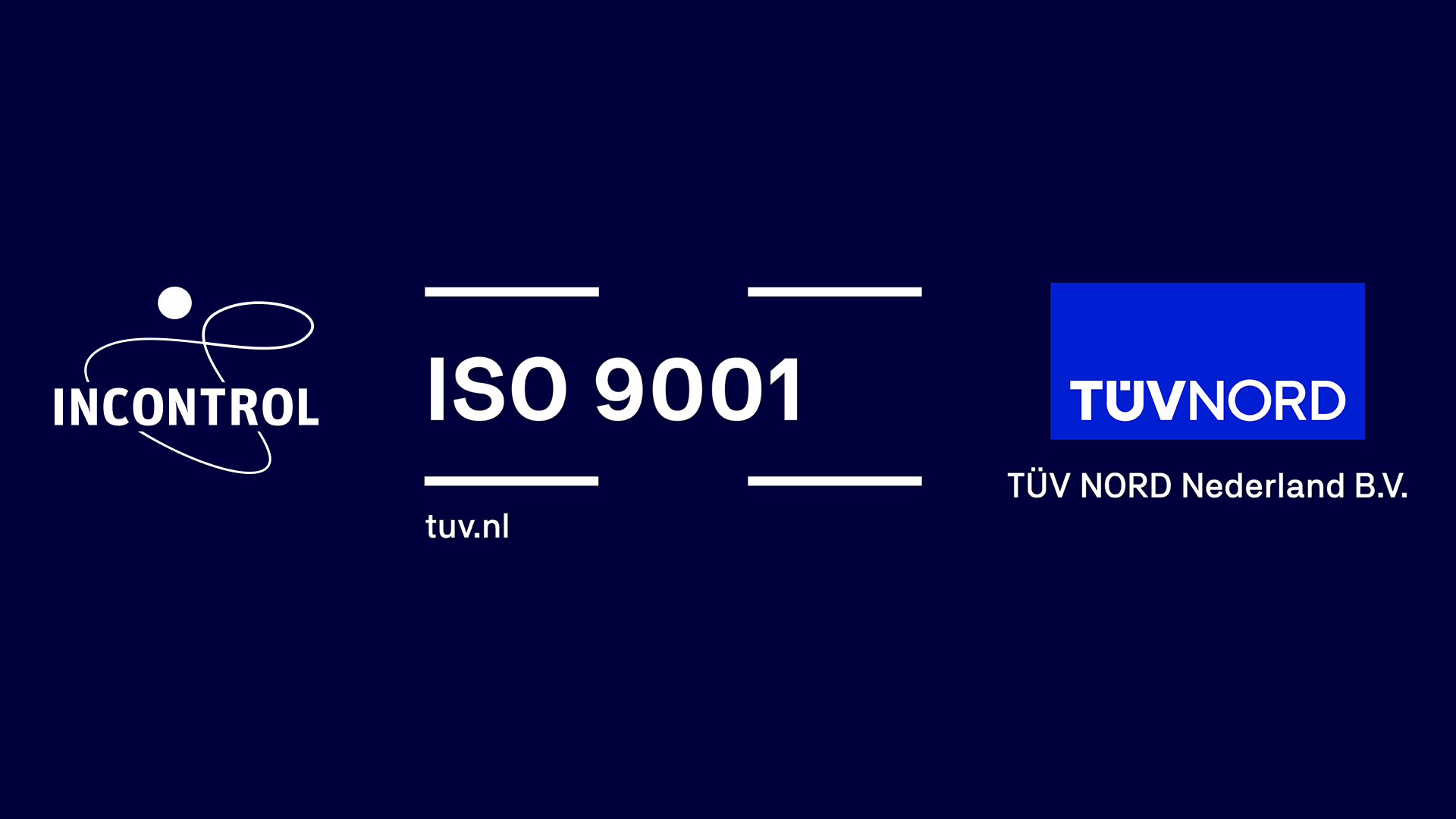
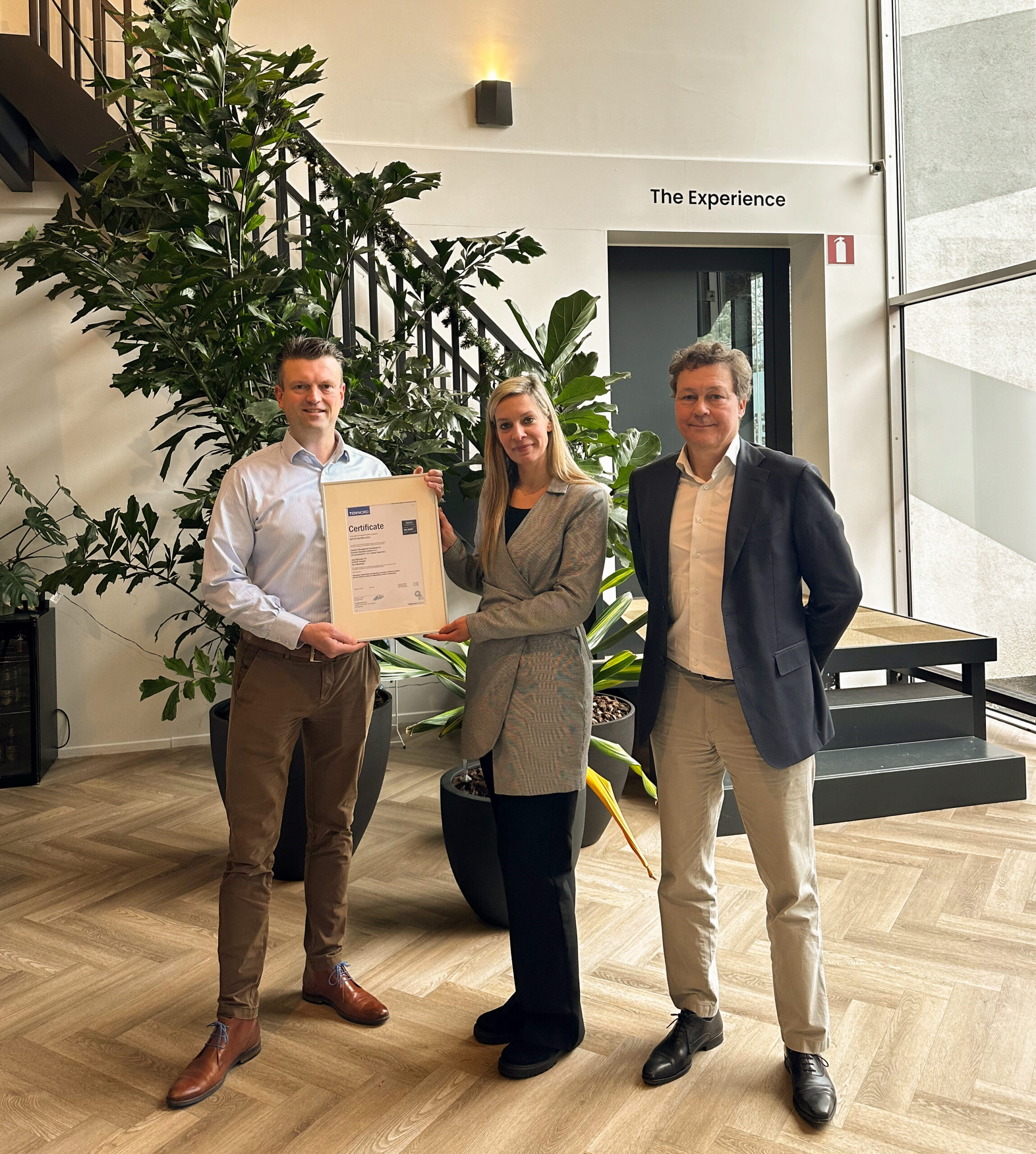

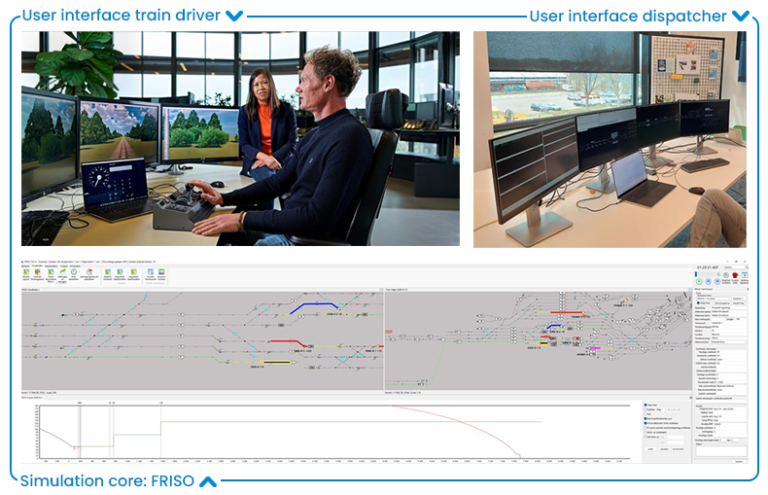
 User Processes”, viewers are taken into the world of ERTMS user processes. In an interview with Jos Schoenmaker (project manager at ProRail ICT), the SiGMaT project is discussed, in which the EOSS (ERTMS Development Simulation Suite) simulation environment is used to perform system analyses to test ERTMS user processes.
User Processes”, viewers are taken into the world of ERTMS user processes. In an interview with Jos Schoenmaker (project manager at ProRail ICT), the SiGMaT project is discussed, in which the EOSS (ERTMS Development Simulation Suite) simulation environment is used to perform system analyses to test ERTMS user processes.
